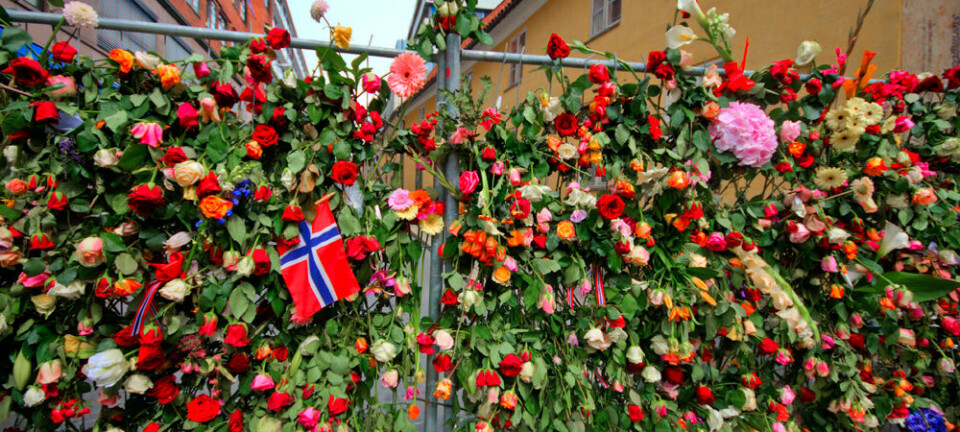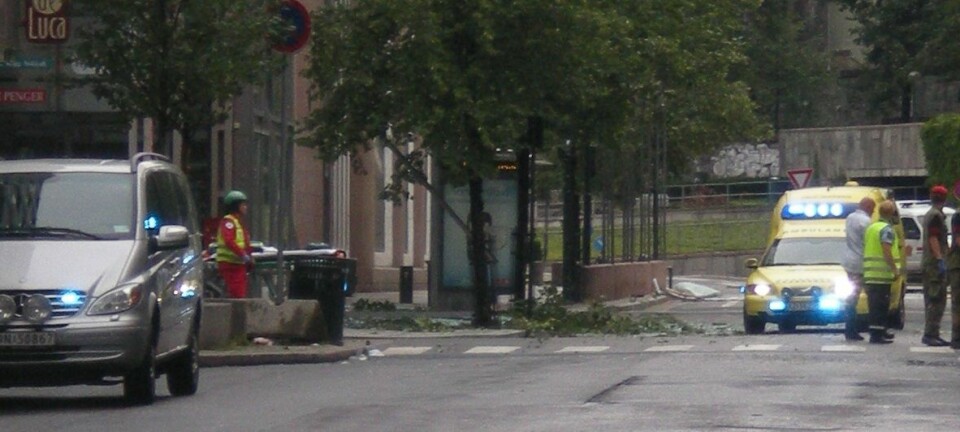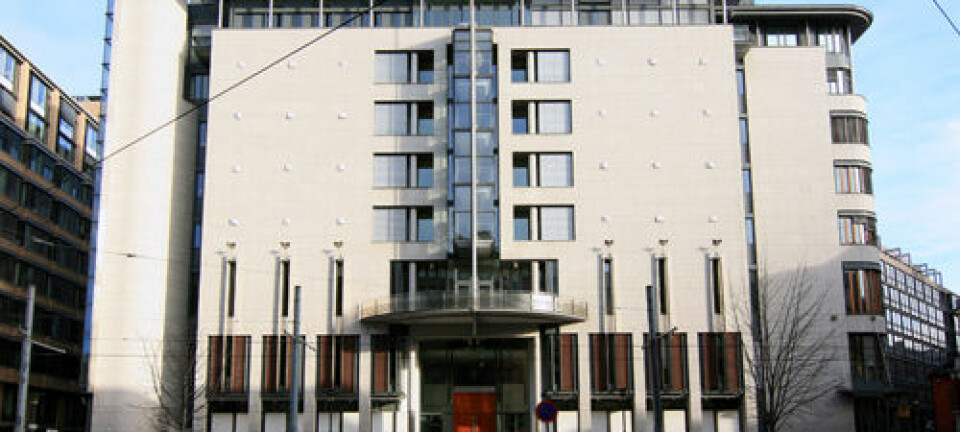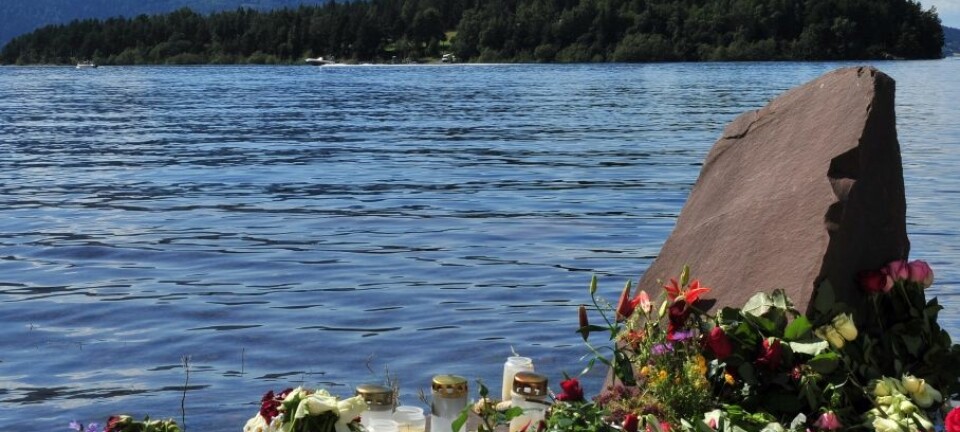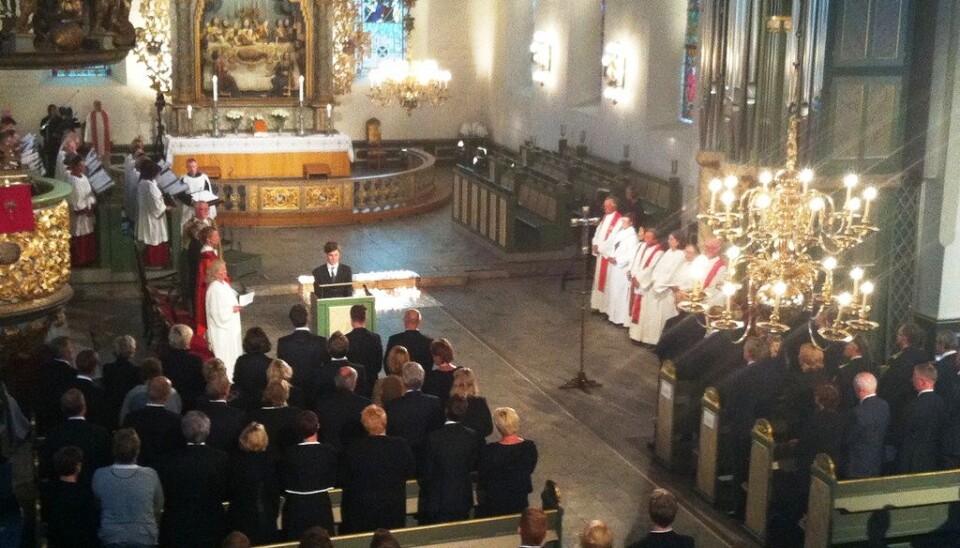
Political views affected 22 July commemoration
Despite vows to put politics aside after the Norwegian terror attacks 22 July 2011, people's political views did influence their participation in commemorating the victims.
Denne artikkelen er over ti år gammel og kan inneholde utdatert informasjon.
Researcher Pål Ketil Botvar at KIFO, a centre for research on church and religion, used data from a national survey to examine how people participated in commemorative events after the massacre.
The analysis, which included a representative sample of 1,011 people, shows a very different picture from ordinary voluntary gatherings.
“Usually such events are dominated by older male participants with relatively high income and status,” says Botvar.
In contrast, participation in the July 2011 commemorative events was not defined by socio-economic factors. “At these events, low-income groups, young people and women were equally well represented among the participants.”
Surprising political slant

The findings also show that public gatherings were dominated by people who are positive to immigration, whereas the turnout for immigration sceptics was low.
Botvar is surprised at the marked political slant of the participation: “These are clear trends, despite leaders of all political parties stating that political debate would be put on hold in the weeks after 22 July.”
People on the right of the political spectrum and respondents defining themselves as individualists were the largest group among those who abstained from attending communal gatherings, such as mass demonstrations, memorial services, lighting candles or laying flowers at a church venue.
Under-represented in memorial events
In the national survey a total of 32 percent of the representative sample defined themselves as belonging on the political right or being individualistic. But only half of this percentage among the politically right-leaning attended the ceremonies.
In the individualistic group only 19 percent attended. In other words, these groups were markedly under-represented at the memorial events.
“It might be that public commemorative events is a format that more people among the right-leaning or the individualistic are less comfortable with,” says the researcher.
“Alternatively, they may not support the community idea these events represent.”
Left-leaning and community-spirited participants
Conversely, the majority of participants consisted of the politically left-leaning and people supporting community ideals.
While an estimated 20 percent of the Norwegian population as a whole is inclined towards community ideals, almost double the percentage – 39 percent - were represented in public demonstrations of solidarity the days following the massacre. A smaller percentage (32 percent) attended church-related events.
“These findings show clear trends among those who attended - both in terms of political and value preferences,” says Botvar.
--------------------------
Read the article in Norwegian at forskning.no







